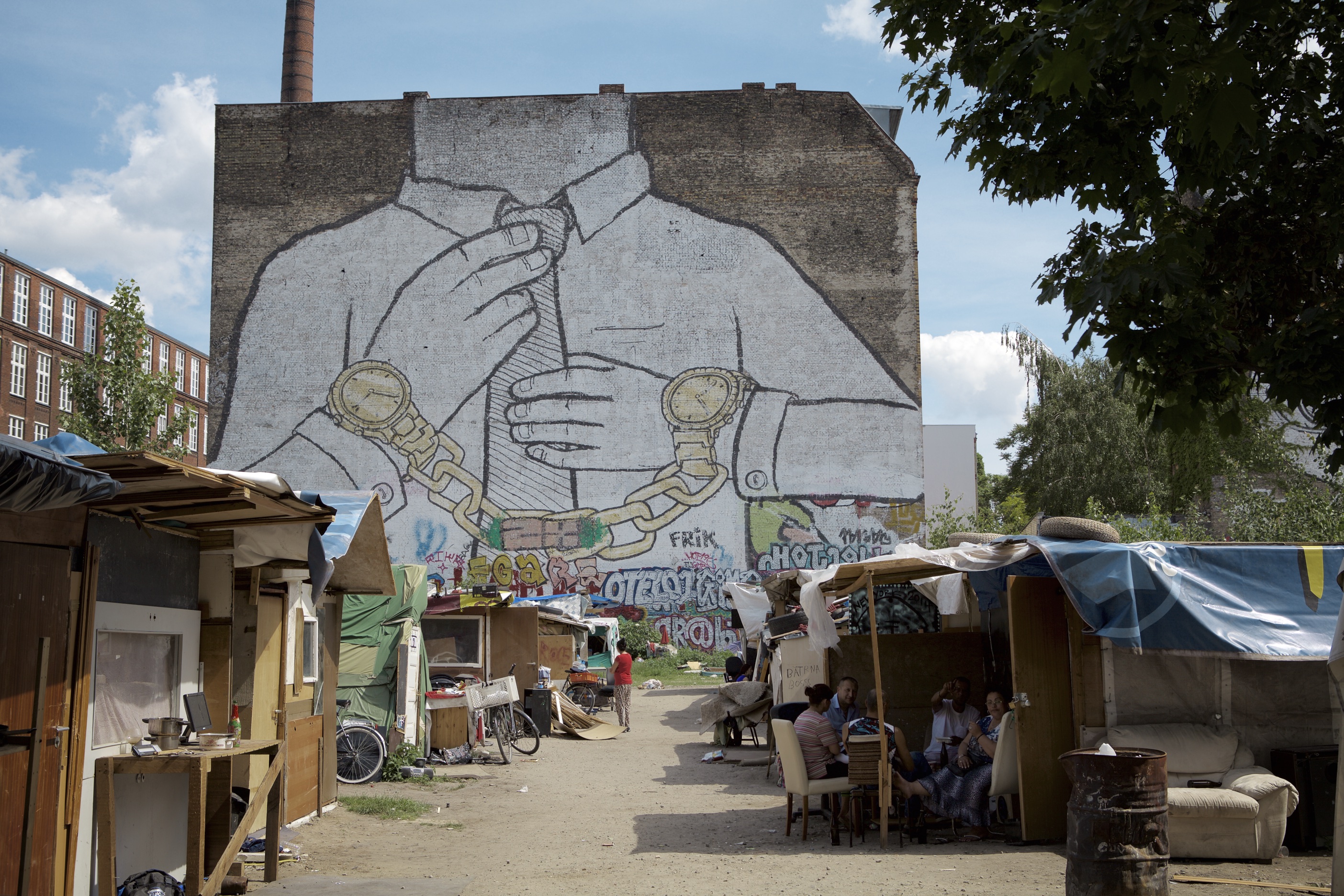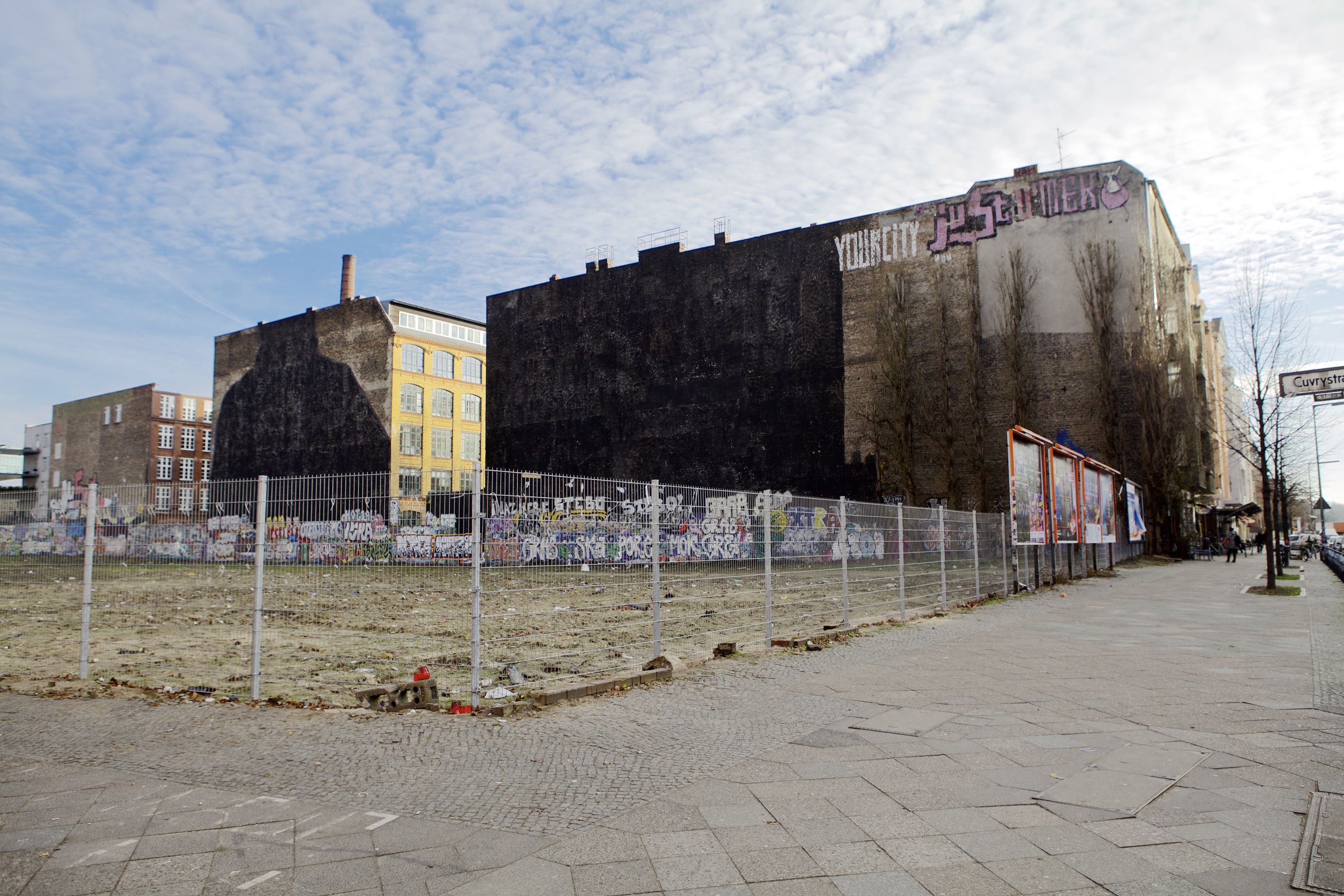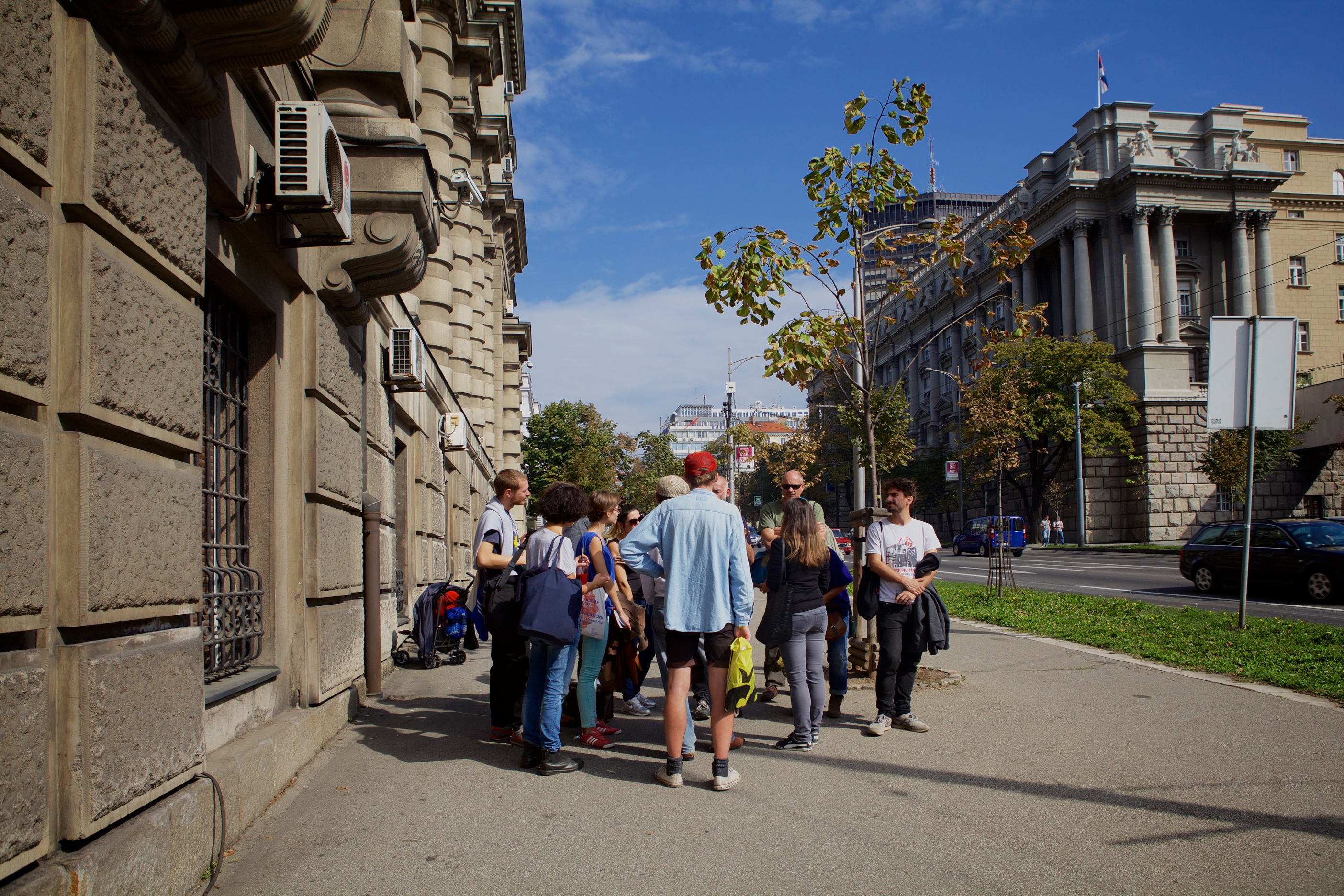
Sunday October 4th
We were pleased to find a good number of participants despite the early hour on Sunday morning. Along the way, Lorenzo will read the different definitions of city selected by the participants, then each one will propose his story or reflection about the chosen space. After a short introduction about the sense of the walk and the process which lead to designing the path, we move toward the first spot.
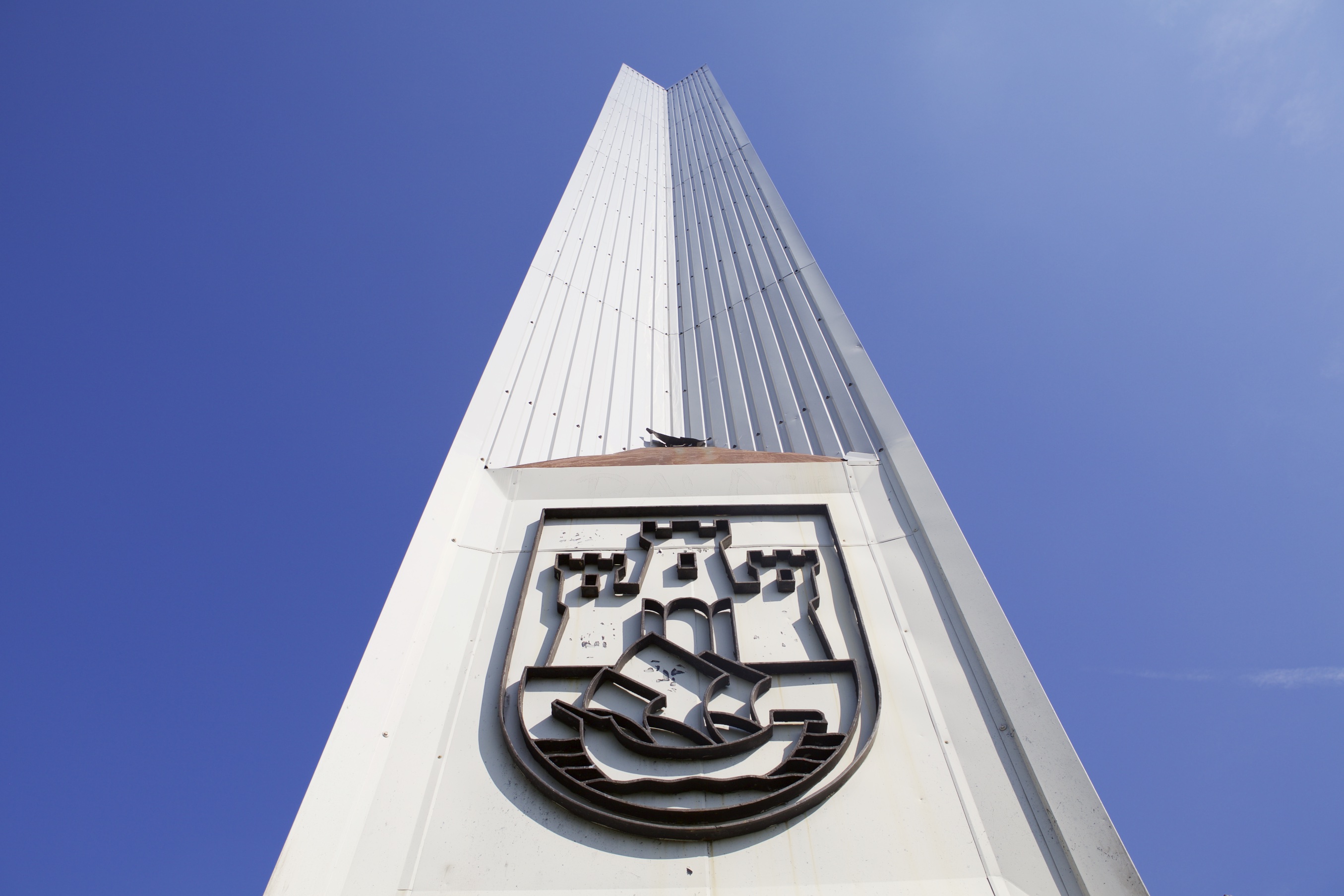
City of Commons
We stop in a small garden just over the Brankov bridge connecting the old city with Novi Belgrade over the Sava. In front of us the obelisk commemorating the first conference of the non-aligned countries in 1961. Here Lorenzo reads the three definitions of city that from his point of view better comprise the complexity of meanings that we attribute to the term commons:
Inhabited City, that defines the city as a community of people;
Nature City defining it as a biotope, an ecosystem;
Commodified City, understanding the city as a product and object of exploitation.
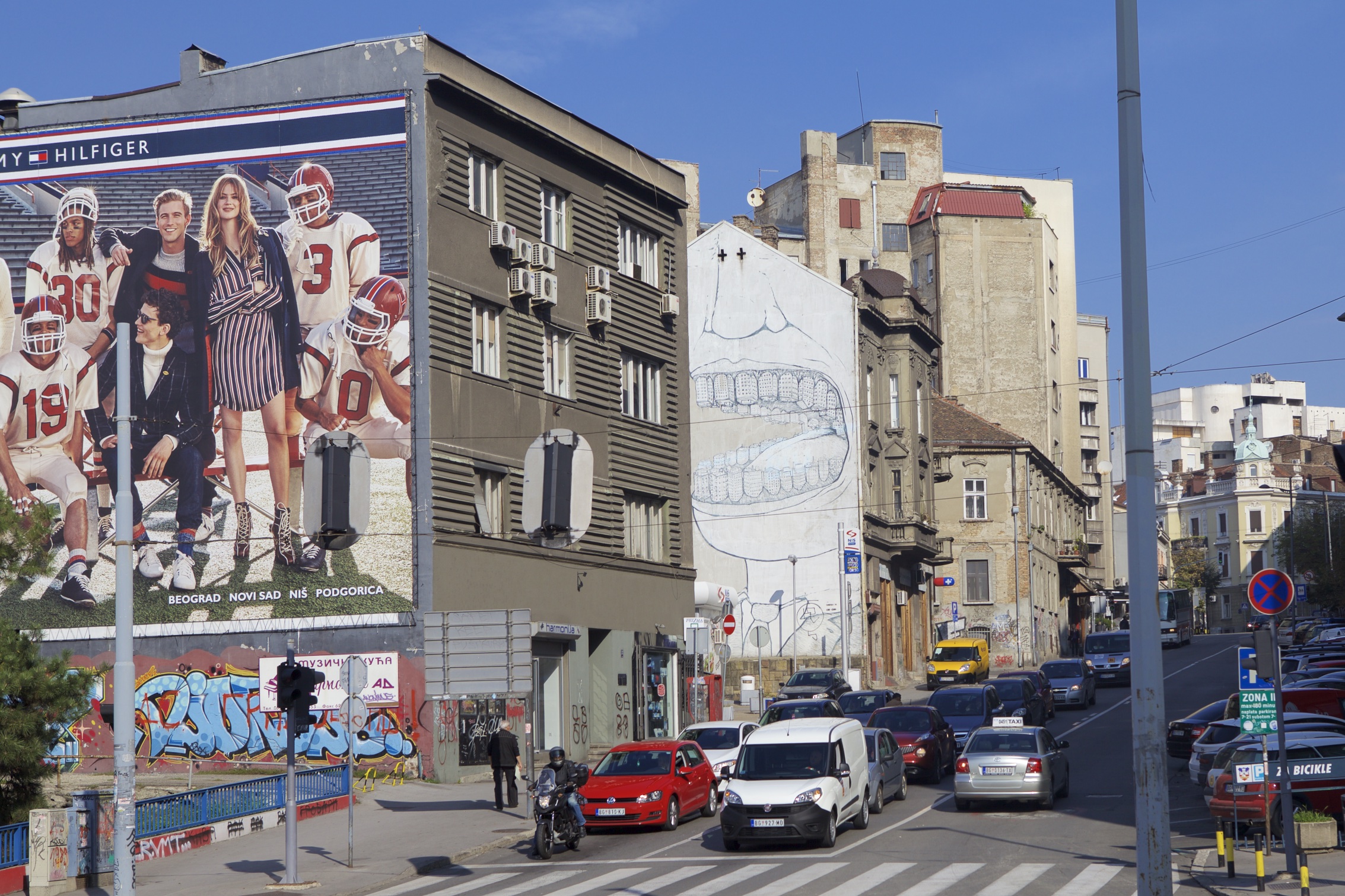
The reading happened on the background of a Graffiti made by the Italian artist blu. The representation that he makes of the greedy human devouring nature with teeth shaped as buildings is a strong illustration of the conflicts and contradictions we are dealing with.
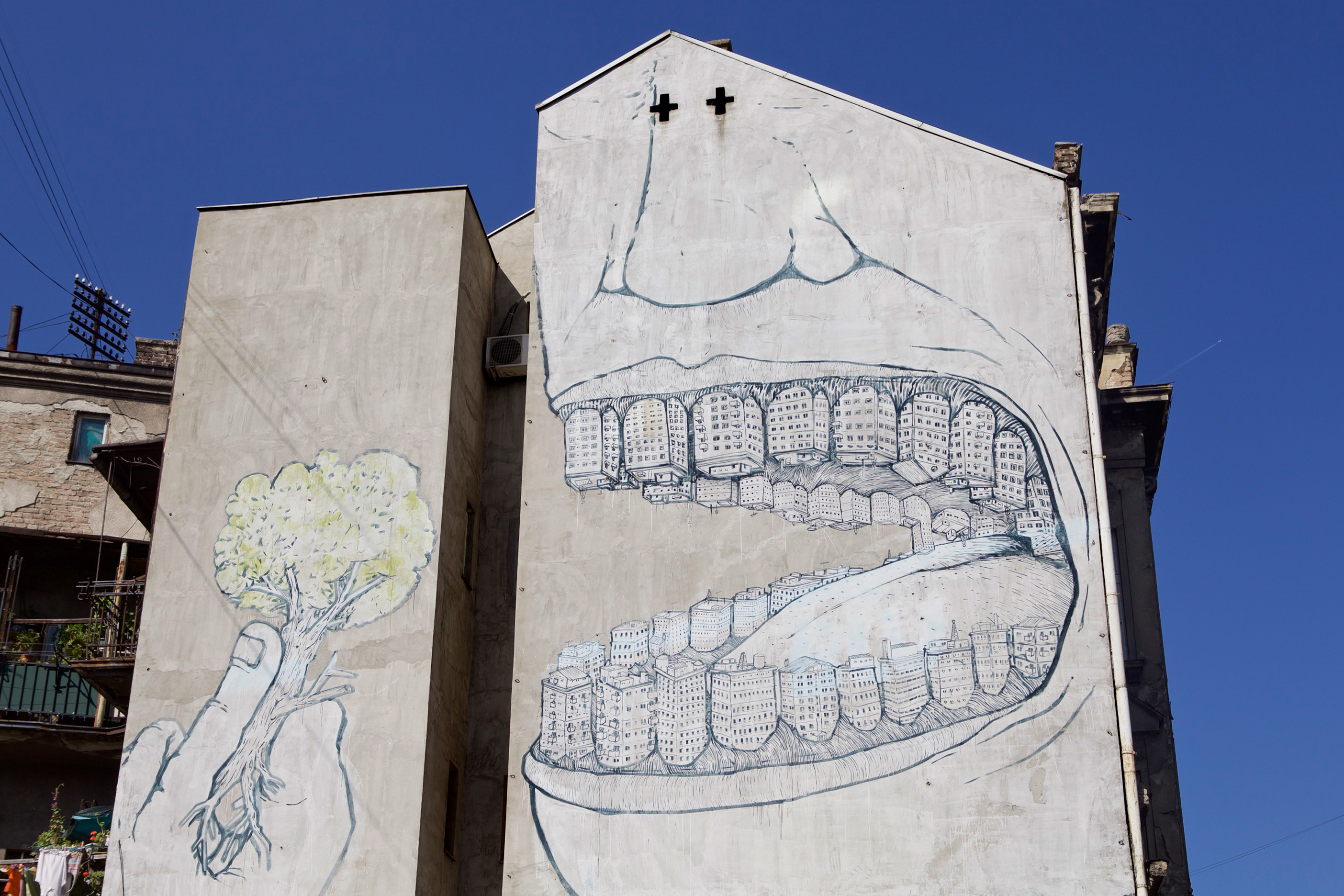
Then Lorenzo tells the story of another artwork made by the same artist in Berlin that has become during last years one of the most iconic elements of Berlin creative city. It was painted on a building facing a huge vacant lot planned for development in the frame of Media Spree project for the new creative district. The originally planned construction was stopped facing strong opposition from local population and anti-gentrification campaigns. Subsequently the plot became a popular spot for any sort of spontaneous activities, barbecues, parties, art events, but also increasingly an emergency settlement for homeless people and refugees. A real urban commons, flexible and open to the transient. Finally last year it was violently evicted, and successively plans for the construction of a luxury condominium were announced. It is at this point that someone during the night came to cancel the famous graffiti, starting outraged reactions, until it was not disclosed that the artist itself had decided to erase its work to avoid its exploitation as part of the commodification process of the neighbourhood.
